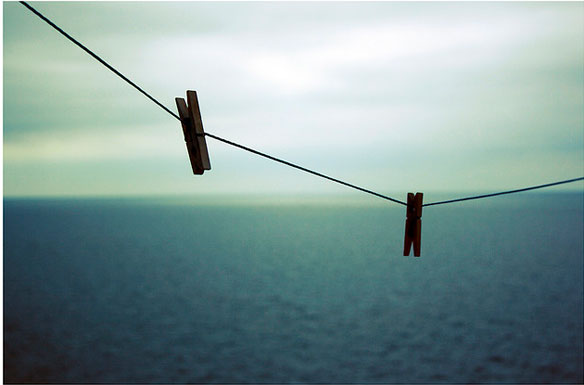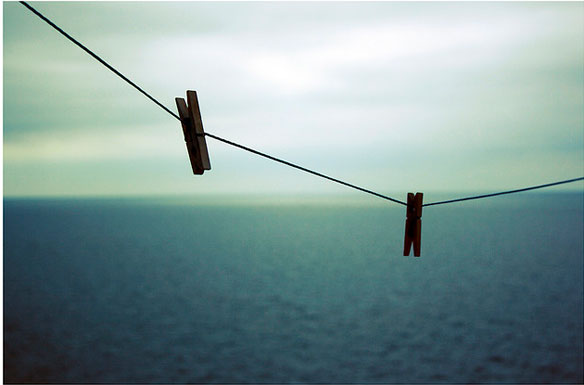
Photo source ©© M.Angel Herrero
By Greenpeace
“Greenpeace today released evidence that hazardous chemical residues in clothing items sold by major brands are released into public waterways when they are washed by consumers. Once entering our rivers, lakes and seas these chemicals then break down into even more toxic and hormone-disrupting substances.
Greenpeace research measures for the first time the percentage of the hazardous chemicals nonylphenol ethoxylates (NPEs) washed out during simulated standard domestic laundering conditions for 14 clothing items. The results show that consumers of brands such Abercrombie & Fitch, G-Star and Calvin Klein are unknowingly polluting the public water supplies in regions and countries around the world, including those where there are restrictions or bans on the use of these chemicals.
“World Water Day is approaching and while international organisations and research groups show their concerns over the future of water quality and water access, the textile industry is still polluting. It’s time the sector moved to safe alternatives to these chemicals,” said Marietta Harjono, Greenpeace International Toxics Campaigner.
“This study proves that the textile industry is creating water pollution all around the globe. While the discharges of toxic chemicals from the manufacturing process is focused where the textile are produced, the washing of the clothes and the pollution which follows are happening anywhere in the world these products are bought,” said Harjono.
In 2011 Greenpeace published two reports: one investigating the discharge of hazardous substances from textiles manufacturing in China linked to major clothing and sportswear companies (Dirty Laundry), and another detailing the presence of NPEs in clothing and footwear of 15 leading brands (Dirty Laundry 2: Hung Out to Dry). With the publication of these reports Greenpeace challenged global brands to eliminate all releases of hazardous chemicals from their supply chains and products by 2020. The call has so far led to public commitments to “Detox” from sportswear giants Nike, Adidas, Puma and Li-Ning, along with fast-fashion retailers H&M and C&A.
Given the scale of the problem, Greenpeace is calling for more brands to join the Detox challenge. For the companies which have already committed Greenpeace is demanding that they respond to the urgency of the situation by setting clear and ambitious short term deadlines for the elimination of the most hazardous chemicals.
To mark the publication of “Dirty Laundry Reloaded” and raise awareness for the pollution caused by the fashion sector, Greenpeace activists today joined PlanetStreet artists to create a 3D street painting which was unveiled at 11.00 am in the square facing the World Fashion Centre in Amsterdam.”









